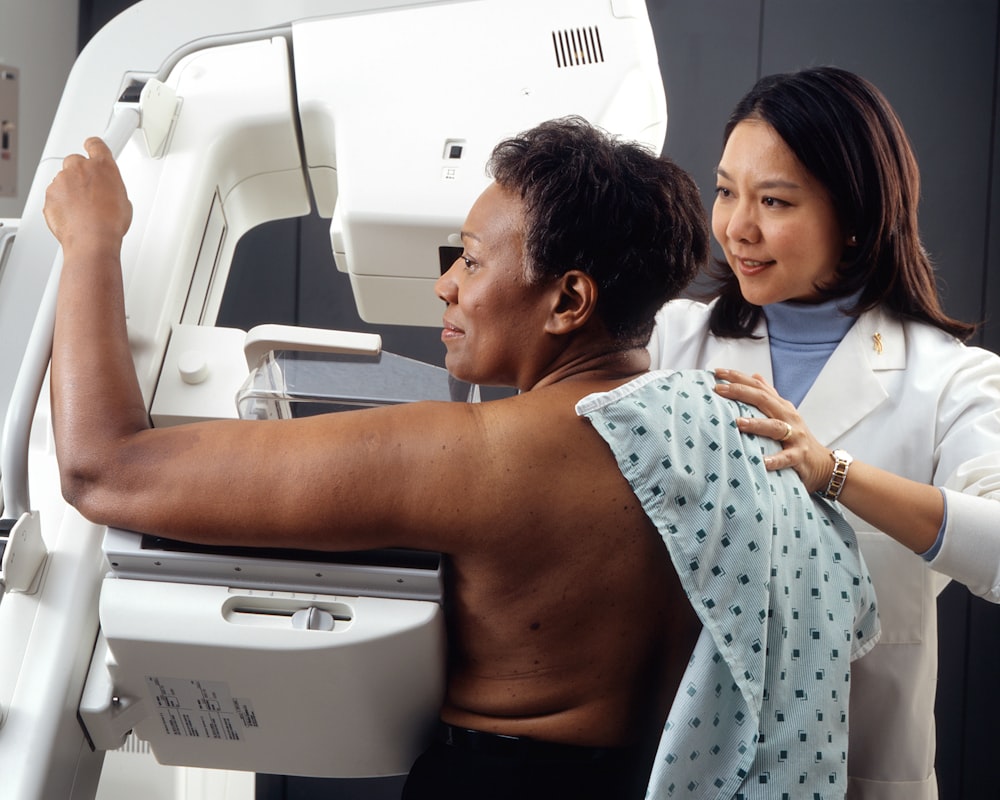
Artificial Intelligence (AI) technology, which has made a breakthrough in recent years and has taken the world by storm, has also begun to affect the medical world.

Contrary to what most of us think, Artificial Intelligence (AI) is not trying to replace us but instead making us better at what we do. Artificial Intelligence (AI) algorithms can easily catch relationships that escape the human brain’s attention. In this way, it can increase human productivity. Today, there is a high demand for Artificial Intelligence (AI) in every industry. In addition to the manufacturing, retail, and banking sectors, the healthcare industry is also very interested in Artificial Intelligence (AI). Artificial Intelligence (AI) applications; While reading films such as x–rays and tomography, he can also work as a personal health assistant. But Artificial Intelligence (AI), which is used primarily in oncology (cancer treatment department), excites scientists very much.
Researchers have developed a cancer cell detection method using Artificial Intelligence (AI)–learning technology that helps speed up medical diagnoses.
Although Artificial Intelligence (AI) is making headlines with robots, its uses in fields such as medicine are also being explored. Although these issues do not appeal to Hollywood filmmakers, they severely impact people’s lives. Take, for example, research by an international team of scientists using Artificial Intelligence (AI) learning to detect different types of cells. This new method offers significant advantages over previous methods, such as a fluorescent dye that binds to cell components. It will both enable them to be seen with a microscope and change the cell’s behavior.
We expect CT and MR images scanned with Artificial Intelligence (AI) to generate new insights in the diagnosis phase and improve the diagnosis rates of clinicians.
The more different data the machine sees, the more it performs.
As the information comes, you have to upload it to the software and go a long way because you can teach the machine by entering the data. E.g., The more data you enter, such as bone marrow, peripheral blood samples, radiological images, and pathological findings, the more different data the machine sees, the more it performs and guides you. Here, we can benefit from many other aspects, from telling the patient the drug dose to be administered to drawing up a cancer management chart by looking at the patient’s heart, kidney, liver, and various functions.
That Artificial Intelligence (AI)–based tools that can diagnose cancer by detecting, or in other words, “sniffing” different mixtures of organic compounds emitted from blood samples, work with high accuracy of 90–95%, had a significant impact on the medical world. In the study, 93 people were screened, including 20 ovarian cancers, 20 benign ovarian cysts, 13 pancreatic cancers, ten benign pancreatic cysts, and 30 healthy volunteers. Screening with Artificial Intelligence (AI) identified ovarian cancer with 95 percent accuracy and pancreatic cancer with 90 percent accuracy.
So How Does This Olfactory System Work?

Artificial Intelligence (AI) also detects compounds in odors (actually a blood sample) like a human or animal with a sense of smell and distinguishes certain mixtures of these compounds from each other. Artificial Intelligence (AI), which can detect which combination is associated with which cancer type, can learn on its own that mixtures of these compounds are associated with which cancer type. E.g., High blood levels of a biomarker known as the Prostate–Specific Antigen (PSA) indicate potential prostate cancer. Therefore, it is of great importance for early diagnosis. Likewise, a biomarker called cancer antigen 15–3 is an important parameter used in breast cancer follow–up.
The current goals of scientists are to detect nano–markers with similar properties to these markers in the home environment and to perform self–scanning with the help of Artificial Intelligence (AI). The study’s research team works with a healthcare company called VOC Health to achieve this goal.
However, what they can do and their limits should be well understood. Artificial Intelligence (AI) learns from the data entered into it. In other words, if incorrect data is entered, it will be inevitable to get a false result. Therefore, today’s Artificial Intelligence (AI) systems need to define each task clearly. For example, a computer playing chess cannot play backgammon, or a method used for medical purposes cannot drive a car. These are highly specialized systems, and their self–learning capacity is still minimal.
Although it seems that we still have time to reach Artificial Intelligence (AI) systems in science fiction movies, computers that can learn complex tasks and perform specific tasks are becoming quite common.




